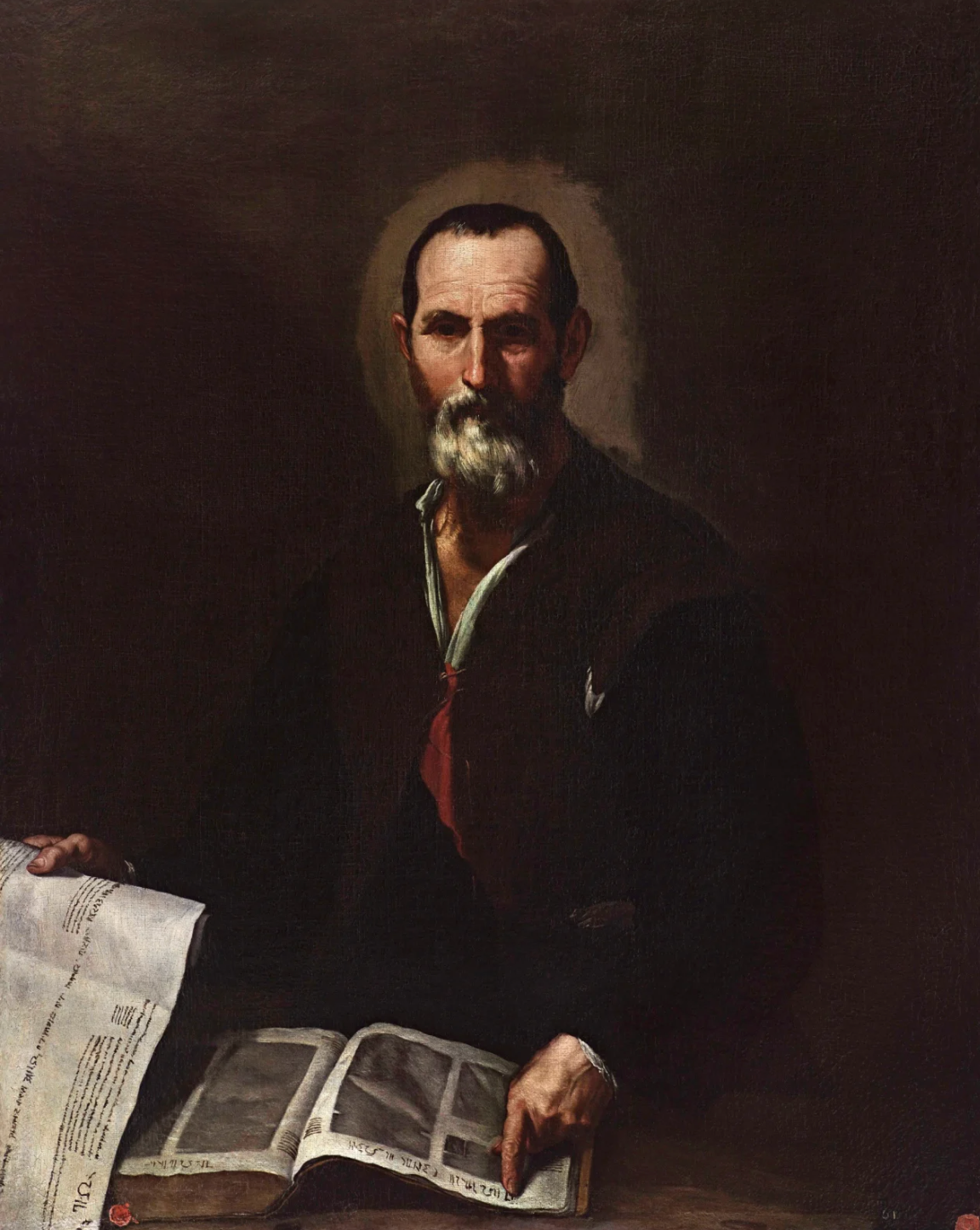Eduardo Cohen Watkins
José de Ribera (1592-1652), Philosopher
José de Ribera (1592-1652), Philosopher
Price Upon Request
Couldn't load pickup availability
Philosopher
Oil on canvas
124 x 98.5 cm
The painting by my inspection, which represents the philosopher Crates, is an autographed work by José de Ribera carried out between 1636 and 1637 by its tight stylistic affinities, by the cutting of light and shadow, producing anatomical, somatic and expressive details, such as the treatment of clothes and books in the foreground, together with the series of philosophers of Antiquity by the painter, commissioned by prince Carlo Eusebius of Liechtenstein, by imitation of the series of philosophers painted by Ribera between 1629 and 1631 for the Duke of Alcalá, Vice King of Naples.
The series of Liechtenstein was comprised of only six images of philosophers and, as with the series of Alcalá, has been scattered for some time amongst various museums and private collections. But like the series of Liechtenstein, of which this Crates was originally part, and as with the series of Alcalá, many reproductions signed by Ribera are known by the success this series had achieved upon completion. A success also documented by the presence of numerous copies painted by contributors to Ribera’s studio.
The painting in question, of which other work is known (124 x 98.5 cm), signed and dated 1636, in the National Museum of Western Art in Tokyo, presents the terms "Spagnoletto" and "Alessandria" on the back, clearly relating to the city of the represented philosopher, and the number 9 relating to the inventory of the source collection.
This collection was to be completed at least by the beginning of 1800, from the moment in which, on the front part, bottom right, the number of the previous collection (61) appeared, and to the left the wax seals from the time of Ferdinand of Bourbon - 1st King of the Two Sicilies - were applied, certifying permission of free movement of the painting in accordance with protection laws in force at the time in the Kingdoms of Naples and the Two Sicilies

